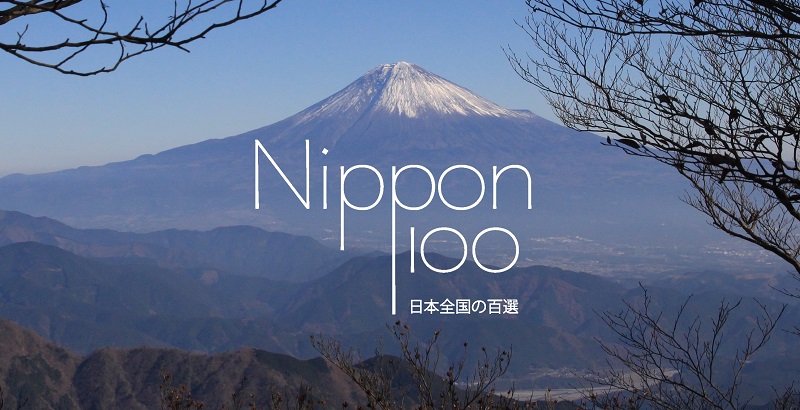Oze National Park belongs to three prefectures: Niigata, Fukushima and Gunma. And most of its visitors are arriving through the last. That’s because Oze is a great outdoor break, easy to reach from Tokyo – day-trips are possible but the best would definitely be to stay at least one night! Several hikes are available, both easy and hard ones, but the highlight of the park is its central marshland of 8 km² which turns orange every fall in October. Rare plants and animals are to be found in Oze, which is a protected area and one of the hundred landscapes of Heisei Era.
Oze is the place in Japan to understand the meaning of Japanese word Kusamomiji, which is the color-changing marshland grass. The marshland being called Ozegahara. In the beginning of October when we visited the park, that beautiful grass was strongly moved by a cold wind – a reminder of the snow arriving here at the end of the month.
But still. The landscapes was amazing. Just as if someone was turning in fire the marshland every time the sun was shining. The National Park of Oze is a Special Natural Monument of Japan since 1960 and a protected area under the Ramsar Convention of 2005.








While being a quiet outdoor break most of the year, Oze is also crowded during two periods each year. When the white skunk cabbage is blooming, from late May to the beginning of June, and during the fall, when the marshland’s colors are changing.



 |
 |
 |
 |
 |
 |






The best way to discover Oze is to stay at least one night. Many huts are available, and some of them can be booked sending an email in english. They are located three to four hours walking from the park’s entrance – though the walk is not a difficult one. Two meals are included with the night (from 8000 yen, depending of the hut) and bento are also available for lunch. Which means you should not bring too many food by yourself for the hike (and there is no place to leave the garbage: every visitor is supposed to bring back everything he brought).
Another rule of the park is that walking is always on the right on the elevated path!



It is better to arrive early to the huts, as the dinner is often served around 5:30PM and bath is only available for a limited time during the hour before. Which means the trails become very quiet around 3:30PM.





How to get there?
Discovering Oze from Tokyo is not difficult. It is even possible to travel there as a day trip with the first and last buses, but staying one night is a better option. While trains are available to reach the area, they are not the more convenient either.
Using highway buses is in our mind the better option. From Shinjuku Expressway bus terminal, the Kanetsu Kotsu buses are traveling to Oze in about 4 hours (3800 or 4100 yen one way depending of the day and time of year). The closest stop to the marshland is Oze Tokura. From there, one should first take a local bus or a shared taxi to reach Hatomachi pass where the trails begin. One hour of walk is then necessary to reach the marshland.
The park might also be reached from the final stop of the Kanetsu Kotsu buses, namely Oshimizu. It is the easier to reach Lake Ozenuma, with a 1h30 hike, in another part of the park. The huts are located east of the marshland, on the way to the lake from there.






